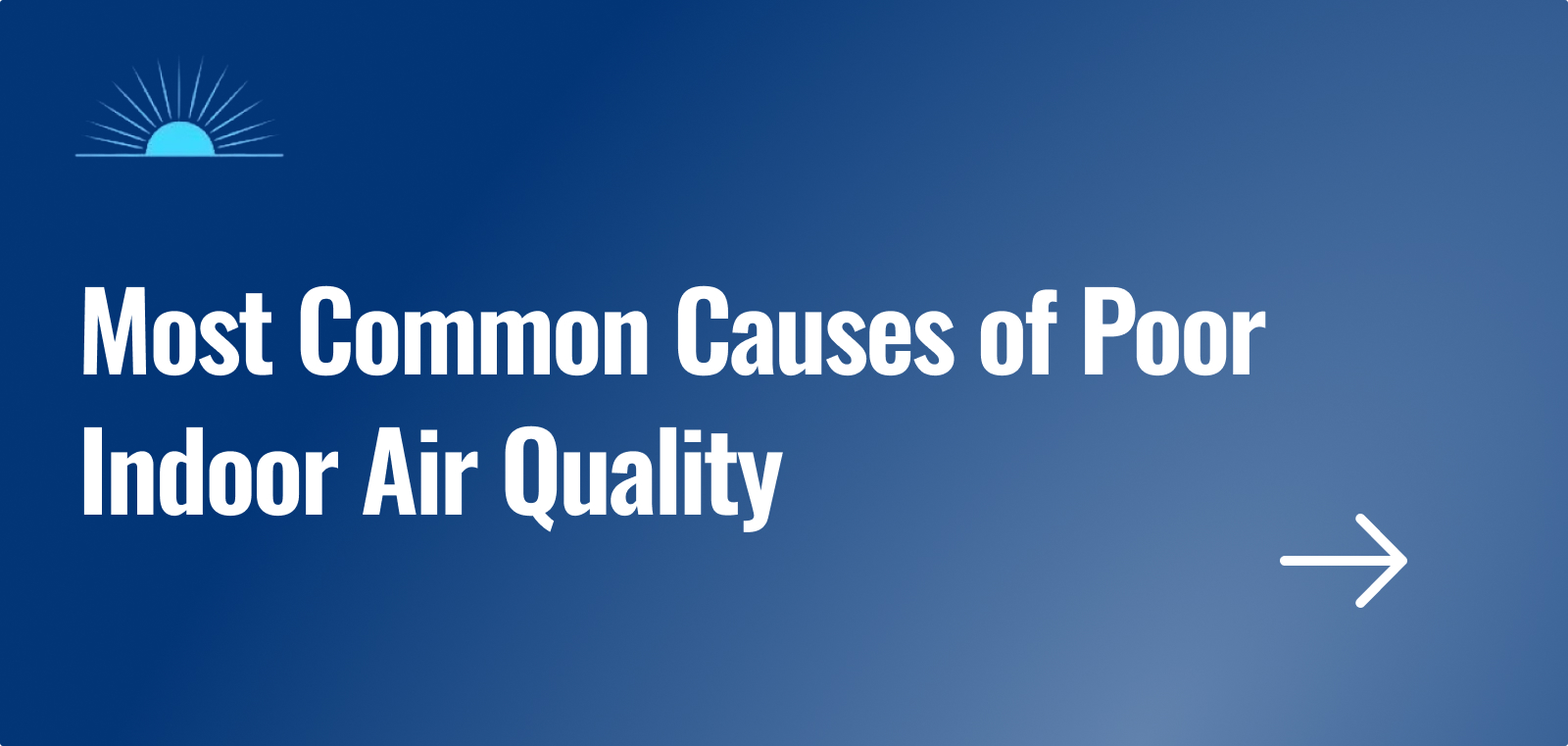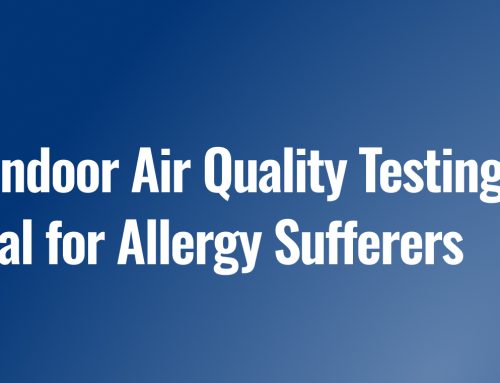The indoor air quality (IAQ) in your home might not be as ideal as you think it is.
It is essential to recognize that maintaining healthy indoor air quality in your building or property is not merely a luxury—it is a necessity.
Bad indoor air quality can have severe health impacts, such as respiratory diseases, cardiovascular problems, lung cancer, allergies, and more.
This is why you must be aware of what can contribute to poor indoor air quality, so that you can take all the preventive measures required.
In this blog, we will dive deeply into some of the major causes of poor IAQ, strategies for addressing them, and the signs that indicate poor air quality.
What are the Signs of Poor Indoor Air Quality?
If you want to know whether or not your home is characterized by bad indoor air quality, here are some signs to take into consideration to help you determine that for yourself:
- Mold growth
- Foul odors
- High humidity
- Allergic reactions
- Skin irritation or dryness
Common Causes of Unhealthy Indoor Air Quality
Asbestos
Asbestos is a naturally occurring fibrous mineral that is found and widely used in construction materials. Given that it releases microscopic fibers into the air, asbestos can have a negative impact on indoor air quality.
Outdoor Air Pollutants
Outdoor air pollution can tremendously affect IAQ. Such natural air pollutants can enter your home through open windows and doors, or ventilation systems. Examples of said air pollutants include carbon monoxide, ozone, and particulate matter.
Mold
A very popular indoor air pollutant that can be harmful to IAQ is mold. Caused by moisture or flooding, mold can exacerbate asthma symptoms in allergy sufferers.
Tobacco
Environmental tobacco smoke (ETS) is the tobacco smoke that mainly occurs in spaces like offices and homes. Tobacco smoking releases toxic chemicals and substances into the air, worsening IAQ and leading to conspicuous health problems.
Pet Dander
It may be unexpected that pets can contribute to poor IAQ in one way or another, but they do. Pets shed what is known as pet dander, which contains microscopic particles of skin flakes that can affect the quality of indoor air.
Pesticides
Used for pest control, pesticides can be a significant contributor to poor IAQ. This is because they contain volatile organic compounds (VOCs), which can be released as chemical vapors and contaminate indoor air.
Radon
A radioactive gas that is naturally occurring, radon can enter a building through openings such as wall cracks or foundations. Radon can significantly degrade IAQ, leading to dangerous health problems.
Household Appliances
There are certain appliances at home that, when utilized, can be detrimental to IAQ. Such appliances are mainly combustion sources that burn fuel, such as water heaters and gas stoves, which release the likes of carbon monoxide and nitrogen oxides.
How to Improve Indoor Air Quality?
Now that we know the possible reasons behind unhealthy indoor quality, it only makes sense that you should learn how to overcome poor indoor air quality in your home or building moving forward.
The following are a few practices you can implement to enhance your indoor air quality and ensure your household’s health:
- No smoking indoors
- Natural ventilation
- Air purifiers
- Low VOC products
- HVAC system maintenance
- Indoor plants
- Regular cleaning
Book Air Quality Testing Service at Gold Coast Inspectors
If you are on the lookout for a seamless and reliable air quality testing service for your property in California, look no further than Gold Coast Inspectors.
Our services also encompass professional home inspection and mold investigation. You do not want to miss out on our top-notch customer service and qualified team of inspectors.
Interested and want to book a service? Be sure to reach out to us; we will provide you with a free, no-obligation quote.







